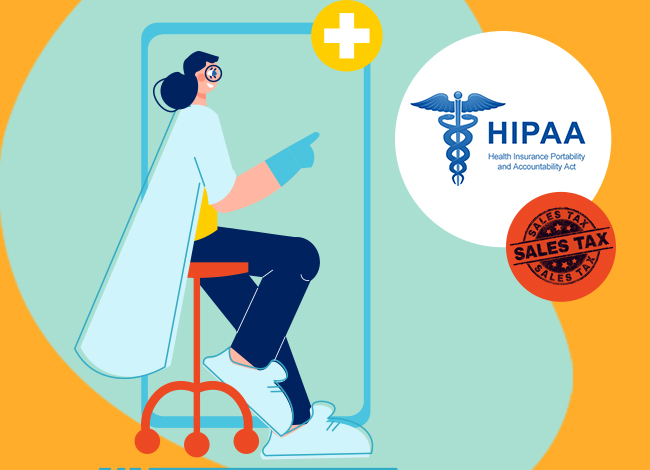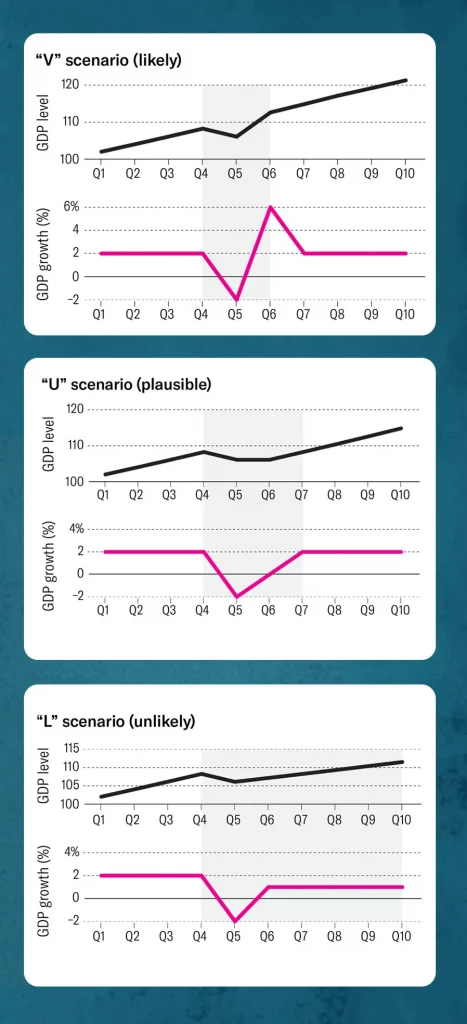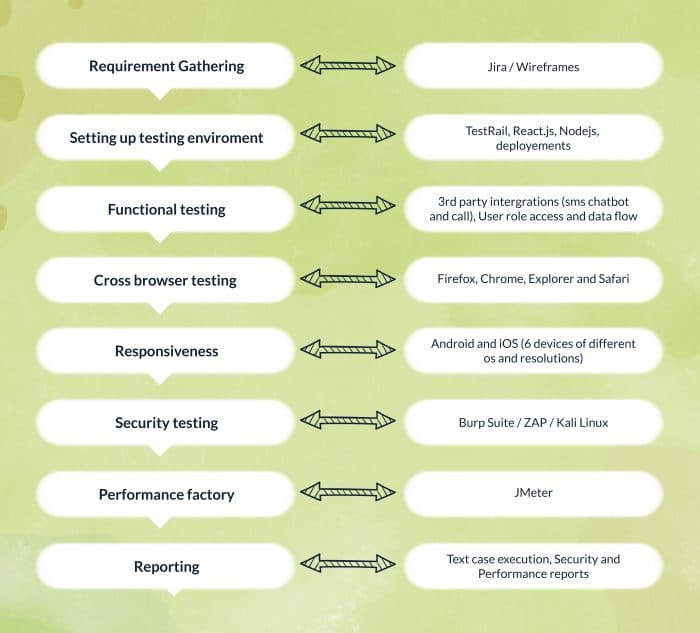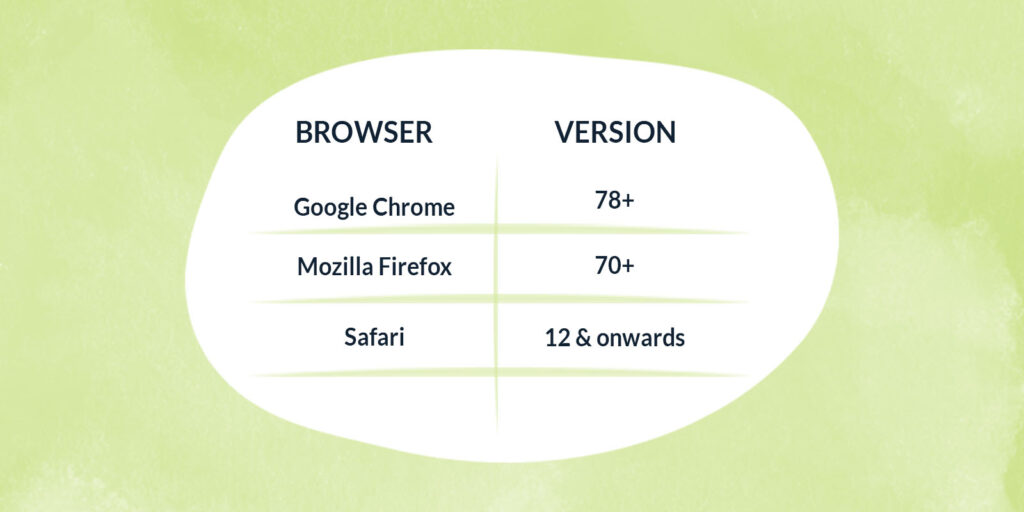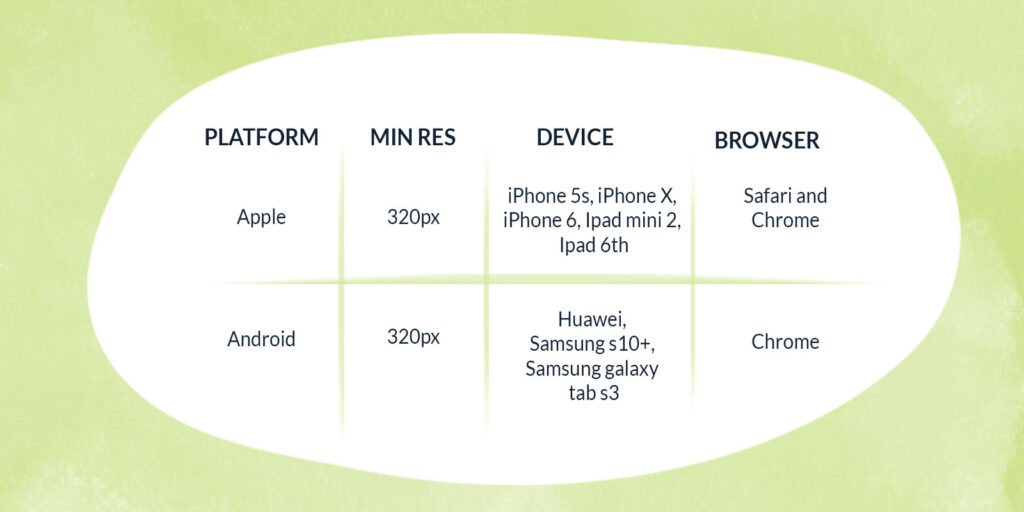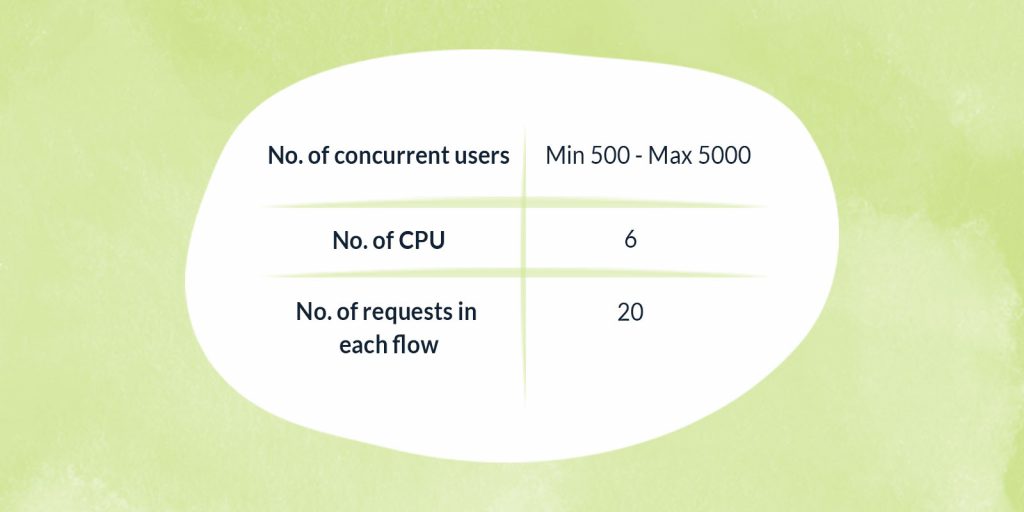A mental health Electronic Health Record (EHR) software is a specialized software system designed to manage and store electronic health records specific to mental health care. It is a digital platform that allows mental health professionals to document, track, and manage patient information and treatment processes.
Mental health EHR software typically includes features tailored to the unique needs of mental health practices. These features may include progress note templates, treatment plan templates, assessment tools, outcome measures, medication management, scheduling, billing, and secure communication functionalities. The software enables mental health professionals to efficiently document patient encounters, track treatment progress, and collaborate with other healthcare providers involved in a patient’s care.
The primary purpose of mental health EHR software is to improve the quality of care, streamline administrative processes, enhance communication, and ensure the secure storage and accessibility of patient information. It helps mental health professionals streamline their workflows, improve documentation accuracy, and make informed decisions based on comprehensive patient data. Additionally, mental health EHR software often integrates with other healthcare systems, such as labs and pharmacies, to facilitate data exchange and enhance care coordination.
Benefits of Mental Health EHR Software
Mental health Electronic Health Record (EHR) software offers numerous benefits for mental health professionals and their patients. Here are some key advantages:
Efficient and Streamlined Documentation: EHR software streamlines the documentation process by providing pre-built templates, forms, and assessments specifically designed for mental health care. This saves time and ensures consistent and comprehensive documentation of patient encounters, progress notes, treatment plans, and outcomes.
Enhanced Coordination and Collaboration: EHR software enables seamless communication and collaboration among mental health professionals and other healthcare providers involved in a patient’s care. It facilitates secure sharing of patient information, referral management, and care coordination, leading to improved continuity of care.
Access to Comprehensive Patient Information: EHRs provide mental health professionals with instant access to comprehensive patient information, including medical history, treatment plans, medications, allergies, and lab results. Having this information readily available supports informed decision-making and improves patient safety.
Improved Medication Management: EHR software assists mental health professionals in managing medications effectively. It allows for electronic prescribing, drug interaction checks, and automatic reminders for medication refills or adjustments. This helps prevent medication errors and improves medication adherence.
Data-Driven Decision Making: EHRs generate valuable insights from aggregated patient data, enabling mental health professionals to make data-driven decisions. Analytics and reporting tools within the software can help identify treatment patterns, track outcomes, and monitor population health trends, leading to improved treatment efficacy and better patient outcomes.
Increased Patient Engagement: EHR software often includes patient portals or online communication tools that promote patient engagement. Patients can securely access their health records, communicate with their mental health providers, access educational resources, and actively participate in their treatment planning and self-management.
Enhanced Billing and Reimbursement: EHRs streamline billing and reimbursement processes by automating coding, documentation, and claims submission. This reduces administrative burdens, improves accuracy, and helps mental health practices optimize revenue capture and financial management.
Regulatory Compliance: Mental health EHR software is designed to comply with privacy and security regulations, such as HIPAA. It includes features like access controls, audit trails, and data encryption to safeguard patient information and ensure compliance with regulatory requirements.
Increased Practice Efficiency: EHR software improves overall practice efficiency by reducing paperwork, eliminating manual tasks, and automating administrative processes. Mental health professionals can focus more on patient care and spend less time on administrative burdens.
Long-Term Data Storage and Accessibility: EHRs provide secure and centralized storage of patient records, eliminating the need for physical storage space. This ensures long-term accessibility to patient information, even as practices transition or expand their services.
When choosing mental health EHR software, there are several important factors to consider. These factors will help ensure that the selected software meets the unique needs of your mental health practice. Here are key factors to consider:
Mental Health-Specific Features
Look for EHR software specifically designed for mental health practices. It should have features tailored to mental health workflows, including progress note templates, treatment plan templates, assessment tools, outcome measures, and specific documentation requirements for different mental health specialties.
Usability and Interface
Consider the software’s user interface and ease of use. The system should be intuitive and user-friendly, allowing mental health professionals to navigate and document efficiently. A clean and organized interface can enhance user adoption and productivity.
Customization and Flexibility
Ensure that the EHR software allows customization to match your practice’s specific requirements. It should offer options to create custom templates, forms, and workflows, enabling you to adapt the software to your preferred documentation and treatment processes.
Interoperability and Integration
Check the software’s ability to integrate with other systems and share data securely. It should support interoperability standards, such as HL7, and enable seamless data exchange with laboratories, pharmacies, and other healthcare providers. Integration with billing systems can also streamline financial processes.
Security and Privacy
Data security is crucial in mental health practice. Ensure that the EHR software complies with privacy regulations like HIPAA. It should have robust security measures, such as encryption, access controls, audit logs, and regular software updates to address potential vulnerabilities.
Vendor Reputation and Support
Research the reputation and track record of the EHR software vendor. Look for positive customer reviews, testimonials, and case studies. Assess the vendor’s responsiveness to support inquiries, training resources available, and ongoing customer support options.
Scalability and Growth
Consider the scalability of the EHR software as your practice expands. It should accommodate an increasing number of users, patient records, and the addition of new services or locations. Evaluate if the software can adapt to future practice needs and technological advancements.
Cost and Return on Investment
Assess the total cost of ownership, including upfront costs, ongoing maintenance fees, and potential customization or integration expenses. Consider the potential return on investment in terms of increased efficiency, improved patient care, and reduced administrative burdens.
Demonstration and Trial
Request a software demonstration or trial period to evaluate the software firsthand. This allows you to assess the user experience, system functionality, and how well it aligns with your practice’s requirements.
Best Practices for Successful Implementation
Best practices for successfully implementing the use of a mental health EHR software include the following.
- Needs Assessment: Conduct a thorough assessment of your practice’s specific needs and requirements. Identify the features and functionalities that are essential for your mental health practice, taking into account factors such as documentation, scheduling, billing, and collaboration.
- User Involvement: Involve key stakeholders, including mental health professionals, administrative staff, and IT personnel, in the selection and implementation process. Their input and involvement will help ensure that the EHR system meets the needs of all users and aligns with workflow requirements.
- Training and Education: Provide comprehensive training to all staff members who will be using the EHR software. Offer training sessions, workshops, and online resources to familiarize users with the system’s features, functionalities, and workflows. Ongoing education and support will help users become proficient and maximize the benefits of the EHR system.
- Customization and Configuration: Tailor the EHR software to match your practice’s specific requirements. Customize templates, forms, and workflows to align with your documentation needs and treatment processes. Work closely with the software vendor or implementation team to configure the system to best suit your practice.
- Data Migration and Integration: Ensure smooth data migration from existing systems to the new EHR software. Collaborate with the implementation team to map and transfer patient data accurately, preserving data integrity and confidentiality. Integrate the EHR system with other relevant systems, such as billing or lab systems, to streamline workflows and reduce manual entry.
- Change Management: Implement change management strategies to help staff members adapt to the new EHR software. Clearly communicate the benefits of the system, address concerns, and provide ongoing support during the transition period. Encourage open communication and feedback to facilitate a smooth transition and promote user acceptance.
- Workflow Optimization: Continuously assess and optimize workflows to maximize the benefits of the EHR software. Identify areas for improvement and refine processes to enhance efficiency, reduce duplicate work, and streamline clinical workflows. Regularly review and update workflows as needed to ensure they align with the capabilities of the EHR system.
- Data Security and Privacy: Implement robust security measures to protect patient data within the EHR system. Ensure compliance with relevant privacy regulations, such as HIPAA, and establish protocols for data backup, access controls, and data breach response. Regularly update and maintain the EHR system to address security vulnerabilities and stay current with security best practices.
Future Trends and Innovations in Mental Health EHR Software
The mental health EHR software field continues to evolve, driven by advancements in technology and the increasing demand for improved mental health care. Here are some future trends and innovations to watch out for in mental health EHR software:
Telehealth Integration
Mental health EHRs will increasingly integrate with telehealth platforms, allowing seamless virtual care delivery, remote patient monitoring, and secure video consultations. This integration promotes accessibility, expands reach, and enhances patient engagement.
Artificial Intelligence (AI) and Machine Learning (ML)
EHR systems will leverage AI and ML algorithms to analyze vast amounts of patient data, identify patterns, and provide decision support to mental health professionals. These technologies can assist in personalized treatment recommendations, risk assessment, and early detection of mental health conditions.
Mobile and Cloud-Based Solutions
Mobile applications and cloud-based EHR solutions will become more prevalent, enabling mental health professionals to access and update patient information on the go, improving flexibility, and enhancing care coordination.
Interoperability and Data Exchange
Mental health EHR systems will prioritize interoperability, allowing seamless sharing of patient information with other healthcare providers and systems. This enables comprehensive and coordinated care, reducing duplication of efforts and improving patient outcomes.
Patient Engagement and Self-Management
EHR software will increasingly empower patients to actively participate in mental health care. Features such as patient portals, secure messaging, self-assessment tools, and educational resources will promote engagement, self-management, and shared decision-making.
Predictive Analytics
Mental health EHRs will incorporate predictive analytics to identify individuals at higher risk of developing mental health conditions or experiencing relapses. This can support proactive interventions and preventive measures, improving outcomes and reducing healthcare costs.
Natural Language Processing (NLP)
NLP capabilities will enhance the efficiency of EHR documentation by enabling mental health professionals to use voice recognition or natural language inputs to generate structured data. This saves time and improves accuracy in capturing clinical information.
Data Security and Privacy Enhancements
Mental health EHR systems will continue to prioritize robust data security measures to protect patient information from cybersecurity threats. Advanced encryption, access controls, and audit trails will be implemented to ensure privacy and compliance with data protection regulations.
Embracing Digital Transformation in Healthcare
By embracing the power of mental health EHR software, mental health professionals can streamline their practices, enhance patient care, and pave the way for a more efficient and integrated mental healthcare system. Embracing digital transformation is not just a choice but a necessity to unlock the full potential of mental health care in the modern era. For this, organizations can partner with software providers specializing in healthcare IT services and easily embrace the power of digital healthcare systems.
FAQs related to Mental Health EHR Software
While no universal legal requirement exists for mental health professionals to use Electronic Health Records (EHRs), their adoption is increasingly encouraged. Factors such as government incentives, organizational requirements, funding and reimbursement policies, collaborative care models, and the desire for efficiency and quality of care contribute to the growing use of EHRs in mental health. EHRs facilitate the secure storage and sharing of patient information, streamline documentation, support clinical decision-making, and enhance coordination among healthcare providers. While challenges exist, such as implementation costs and workflow adjustments, mental health professionals can benefit from improved patient care and practice management by adopting EHR systems. Ultimately, the decision to use EHRs should consider local regulations, practice needs, and the potential advantages of digital record-keeping in mental health care.
Yes. EHRs are designed to encompass a wide range of healthcare services, including mental health care. Mental health professionals can effectively use EHRs to document and manage patient information, treatment plans, progress notes, medications, and other relevant data specific to mental health care. EHRs tailored for mental health services provide features and functionalities that cater to the unique needs of mental health practitioners and support the delivery of comprehensive and coordinated care. By adopting EHRs, mental health professionals can streamline their workflow, enhance communication and collaboration among care teams, improve patient outcomes, and facilitate evidence-based practice. Mental health professionals must explore and select EHR systems designed for mental health care to ensure their practice’s best utilization and benefits.
- Familiarize yourself with the EHR software and its features.
- Enter patient demographic information into the system.
- Utilize the EHR’s documentation tools for progress notes and treatment plans.
- Manage medications using the EHR’s features for prescriptions and refills.
- Schedule appointments and send reminders using the EHR’s scheduling functionality.
- Collaborate with other healthcare providers using the EHR’s communication tools.
- Use the EHR’s billing features for accurate documentation and claims processing.
- Ensure data security and privacy compliance with HIPAA regulations.
- Stay updated with training and support from the EHR software vendor.





